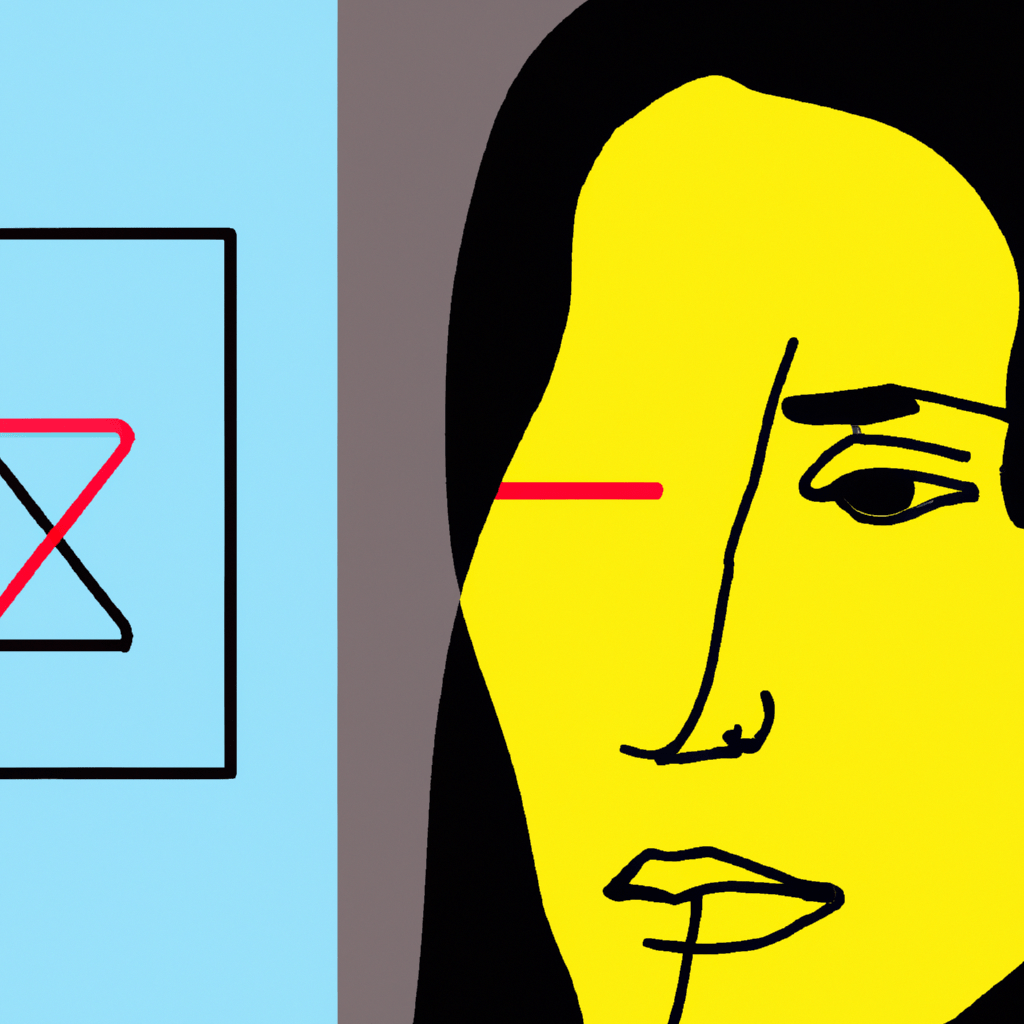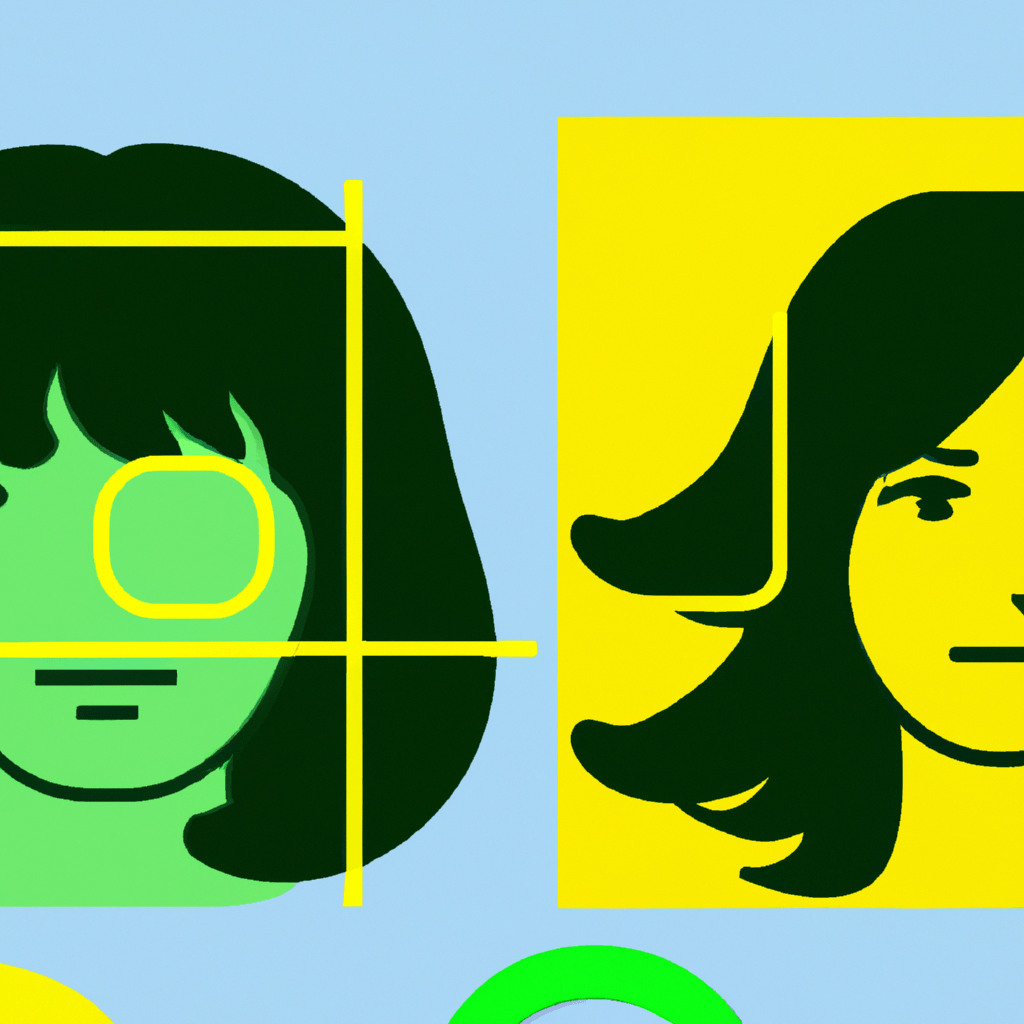
AI-Driven Content Generation for Graphic Designers

Artificial Intelligence (AI) has revolutionized various industries, and graphic design is no exception. With the advent of AI-driven content generation tools, graphic designers now have access to powerful technologies that can streamline their workflow, enhance creativity, and improve productivity. In this article, we will explore the impact of AI on graphic design and how it is transforming the industry.
The Rise of AI in Graphic Design
AI has made significant advancements in recent years, enabling machines to perform tasks that were once exclusive to human designers. The rise of AI in graphic design can be attributed to several factors:
- Automation: AI-powered tools can automate repetitive and time-consuming tasks, such as resizing images, generating color palettes, and creating templates. This allows designers to focus on more creative and strategic aspects of their work.
- Enhanced Creativity: AI algorithms can analyze vast amounts of data and generate unique design ideas based on patterns and trends. This can serve as a valuable source of inspiration for designers, helping them come up with fresh and innovative concepts.
- Improved Efficiency: AI can analyze user preferences and behavior to personalize design recommendations. By understanding the target audience better, designers can create more effective and engaging visuals.
AI-Driven Content Generation Tools
There are several AI-driven content generation tools available in the market that cater specifically to graphic designers. These tools leverage machine learning algorithms to automate various design tasks and provide designers with a range of functionalities:
- Layout Generation: AI tools can automatically generate layout options based on the content provided by the designer. This saves time and effort, especially when working on projects with multiple design iterations.
- Image Editing: AI algorithms can analyze images and make intelligent adjustments to enhance their quality. This includes tasks like background removal, color correction, and image retouching.
- Typography: AI can suggest font pairings, sizes, and styles that complement the overall design. This helps designers create visually appealing and harmonious typography combinations.
- Color Palette Generation: AI tools can analyze images or input keywords to generate color palettes that align with the desired mood or theme. This eliminates the need for manual color selection and ensures consistency across designs.
- Logo Design: AI-powered logo generators can create custom logos based on user preferences and industry-specific requirements. These tools offer a wide range of design options and allow designers to fine-tune the generated logos.
Case Studies: AI in Graphic Design
Several companies have already embraced AI-driven content generation tools in their graphic design processes, yielding impressive results. Let’s take a look at a few case studies:
1. Airbnb
Airbnb, a leading online marketplace for vacation rentals, implemented an AI-powered tool called “Airbnb Design Language” to automate the creation of design layouts for their marketing materials. This tool analyzes the content and generates multiple layout options, saving designers significant time and effort. The AI tool also ensures consistency across different marketing channels, resulting in a cohesive brand identity.
2. Canva
Canva, a popular graphic design platform, utilizes AI algorithms to suggest design templates and layouts based on user preferences and content. By analyzing user behavior and design trends, Canva’s AI tool provides personalized recommendations, making it easier for designers to create visually appealing designs. This has contributed to Canva’s rapid growth and widespread adoption among both professional designers and non-designers.
3. Adobe Sensei
Adobe, a leading software company, has integrated AI capabilities into its Creative Cloud suite through Adobe Sensei. This AI-powered tool assists designers in various tasks, such as image editing, font selection, and layout generation. Adobe Sensei analyzes user data and provides intelligent recommendations, empowering designers to create high-quality designs efficiently.
The Future of AI in Graphic Design
The integration of AI in graphic design is still in its early stages, and there is immense potential for further advancements. Here are some potential future developments:
- Advanced Design Assistance: AI tools will become even more sophisticated in understanding user preferences and providing personalized design recommendations. This will enable designers to create highly tailored and impactful visuals.
- Real-Time Collaboration: AI-powered collaboration tools will facilitate seamless teamwork among designers, allowing them to work on the same project simultaneously and receive real-time feedback and suggestions.
- Augmented Reality (AR) Integration: AI algorithms can be integrated with AR technologies to provide designers with real-time visualizations of their designs in the physical environment. This will enable designers to better understand how their designs interact with the real world.
- Ethical Considerations: As AI becomes more prevalent in graphic design, ethical considerations regarding copyright infringement, originality, and attribution will need to be addressed. Designers and AI developers must work together to ensure responsible and ethical use of AI tools.
Summary
AI-driven content generation tools have transformed the graphic design industry, empowering designers to work more efficiently and creatively. Automation, enhanced creativity, and improved efficiency are some of the key benefits of AI in graphic design. With AI-powered tools like layout generation, image editing, typography suggestions, color palette generation, and logo design, designers can streamline their workflow and produce high-quality designs. Case studies of companies like Airbnb and Canva demonstrate the successful implementation of AI in graphic design. The future of AI in graphic design holds even more promise, with advanced design assistance, real-time collaboration, AR integration, and ethical considerations being key areas of development. As AI continues to evolve, graphic designers can leverage these technologies to push the boundaries of creativity and deliver exceptional visual experiences.
